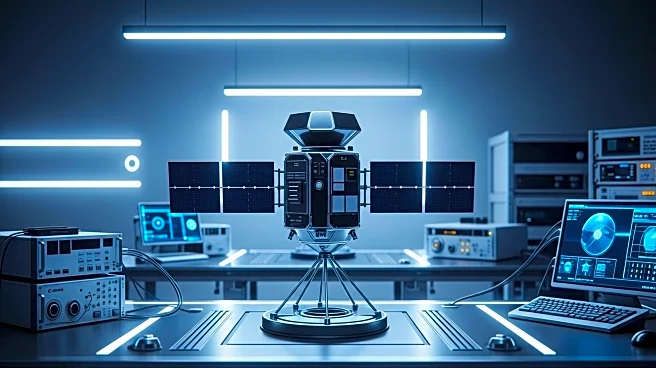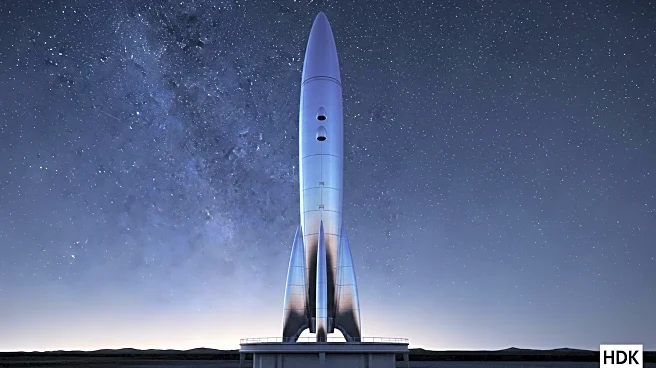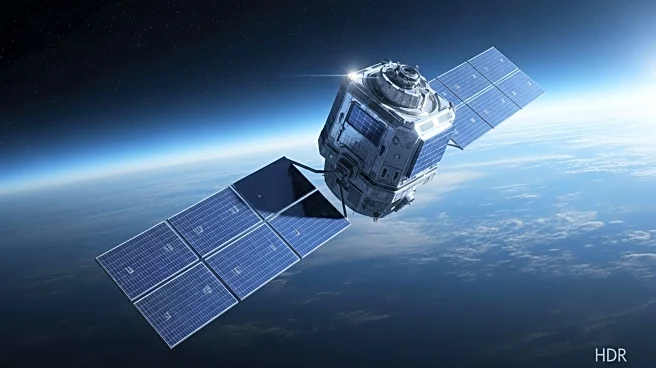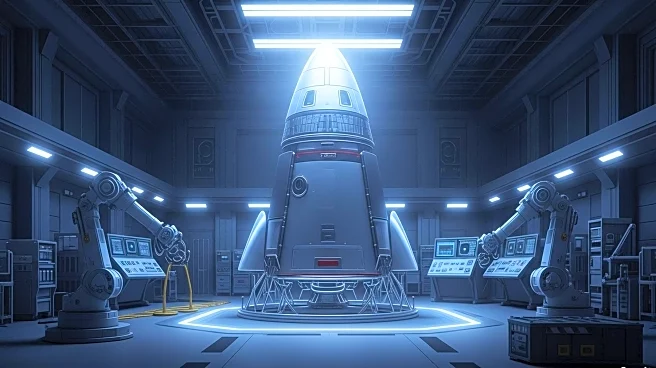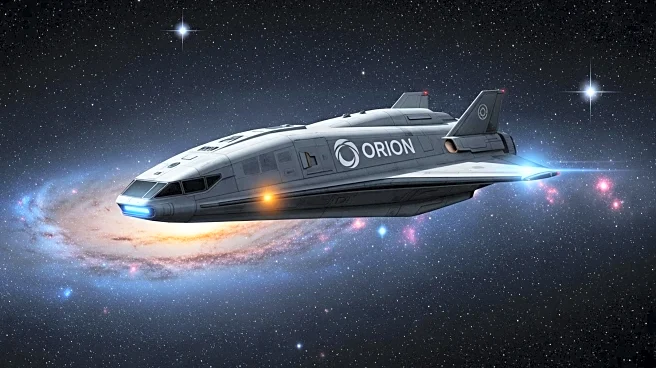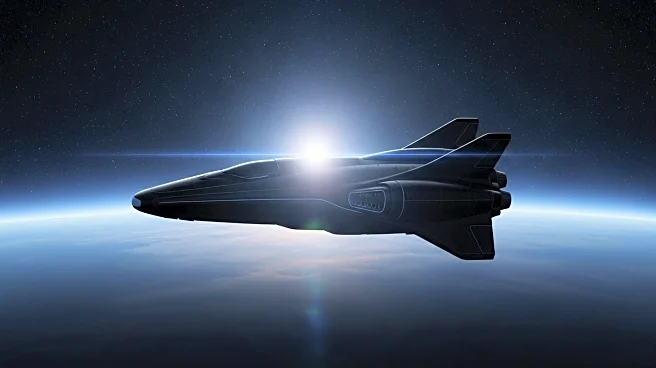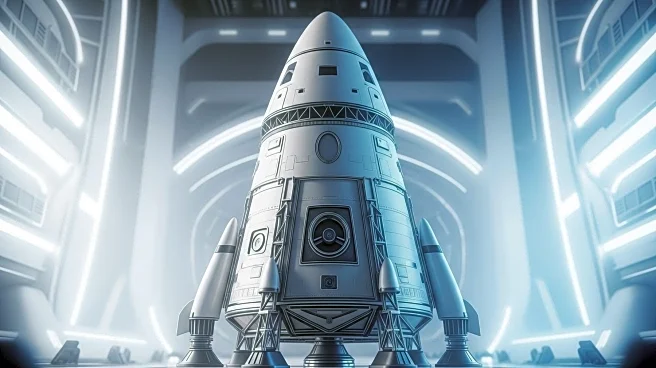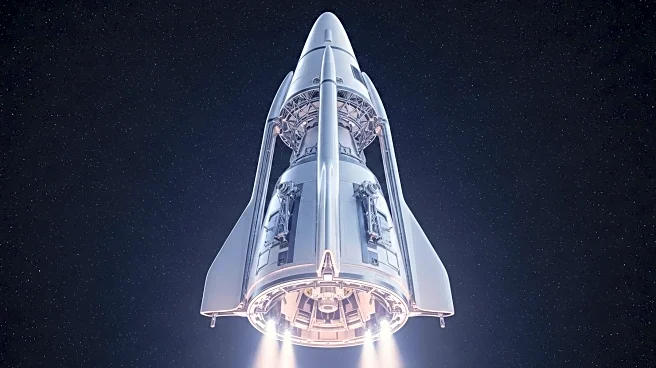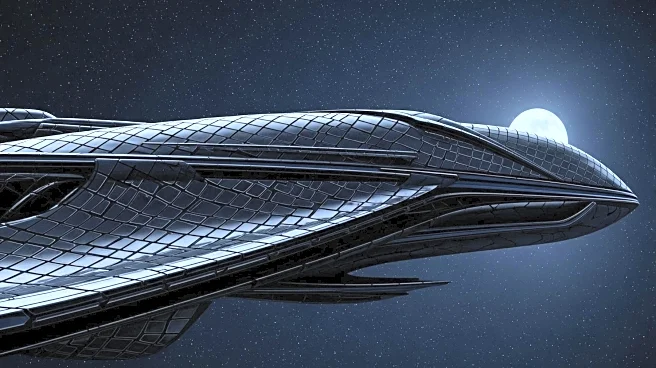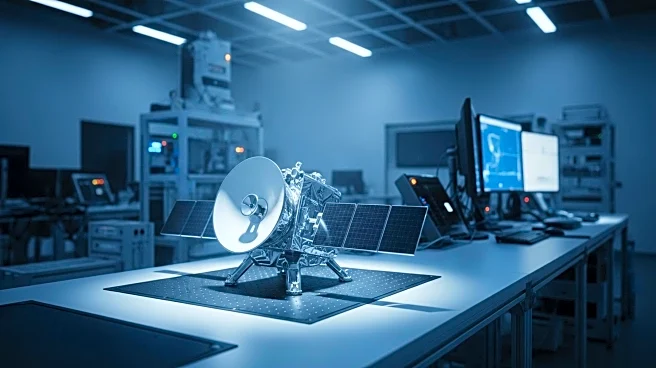What is the story about?
What's Happening?
NASA is preparing for the Artemis II mission, integrating the Orion spacecraft with the SLS rocket for a planned launch by April 2026. ESA has unveiled 'Pulse,' a framework to streamline satellite operations, and signed a contract with Avio for a reusable rocket. Meanwhile, SpaceX is set to launch Starship Flight 11, marking the final launch of its current model. The global space economy is projected to reach $1 trillion by 2032, driven by commercial space activities.
Why It's Important?
These developments underscore the rapid growth and innovation in the global space industry. NASA's Artemis II mission represents a significant step in human space exploration, while ESA's initiatives aim to enhance operational efficiency and technological capabilities. The projected growth of the space economy highlights the increasing importance of space activities in global economic and technological landscapes, with implications for industries ranging from telecommunications to defense.
What's Next?
The space industry is poised for further growth, with upcoming launches and new technologies driving advancements. NASA's Artemis program will continue to focus on lunar exploration, while ESA's Pulse framework will be tested on future missions. SpaceX's Starship program will transition to new models, potentially leading to more ambitious missions. The industry will likely see increased investment and collaboration as agencies and companies pursue reusable rockets and expanded satellite constellations.
AI Generated Content
Do you find this article useful?


